Friskies Gravy Swirlers Adult Chicken, Salmon, and Gravy Recipe Dry Cat Food
Bring the deliciousness of gravy mixed with two cat-favorite flavors to your cat’s dish with Purina Friskies Gravy Swirlers dry cat food. Savory chicken and salmon flavors combine to create the taste cats crave, and there’s gravy baked into each bite for added yum. Let the sound of the mouthwatering kibble hitting her bowl pique your cat’s attention, and watch as she delights in every last delicious bite. This dry cat food recipe features essential vitamins and minerals for the everyday nutrition your cat needs to be her best self. Because it’s formulated for all life stages, this mouthwatering meal can follow your cat companion from her playful kitten days all the way through to her adventurous adult years. Give your cat the 100% complete and balanced nutrition she deserves along with the taste she adores every time you offer up a helping of this Purina Friskies recipe.
Bring the deliciousness of gravy mixed with two cat-favorite flavors to your cat’s dish with Purina Friskies Gravy Swirlers dry cat food. Savory chicken and salmon flavors combine to create the taste cats crave, and there’s gravy baked into each bite for added yum. Let the sound of the mouthwatering kibble hitting her bowl pique your cat’s attention, and watch as she delights in every last delicious bite. This dry cat food recipe features essential vitamins and minerals for the everyday nutrition your cat needs to be her best self. Because it’s formulated for all life stages, this mouthwatering meal can follow your cat companion from her playful kitten days all the way through to her adventurous adult years. Give your cat the 100% complete and balanced nutrition she deserves along with the taste she adores every time you offer up a helping of this Purina Friskies recipe.
- Chicken and salmon flavors cats love
- Savory gravy baked in for added flavor
- Tempting texture entices her to her dish
- 100% complete and balanced nutrition formulated for all life stages
- Essential vitamins and minerals for the everyday nutrition cats need
- Antioxidants to help support a healthy immune system
- Essential fatty acids to help support healthy skin and coat
Additional information
| Country of Origin | Made in USA |
|---|---|
| Breed Size | Extra Small, Small, Medium, Large, Extra Large |
| Flavor | Chicken and Salmon |
| Health Features | Immune System Support, Skin & Coat Health |
| Indoor/Outdoor | Indoor and Outdoor |
| Life Stage | Adult |
| Primary Flavor | Chicken, Salmon |
| Special Diets | None, AAFCO Formulated |
| Packaged Height | 22.5 in. |
| Packaged Length | 4.5 in. |
| Packaged Width | 15.75 in. |
| Manufacturer Part Number | 5000017255 |

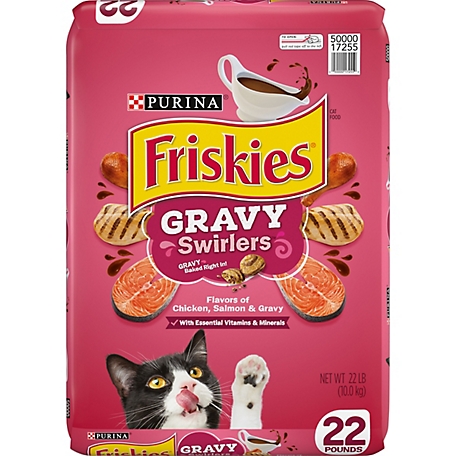

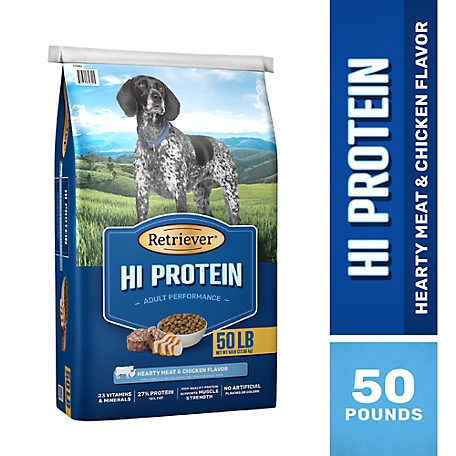
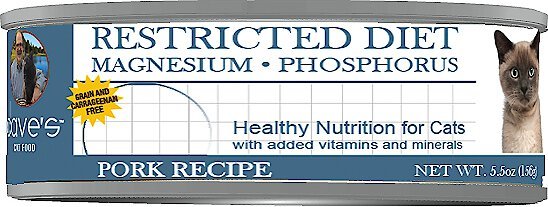
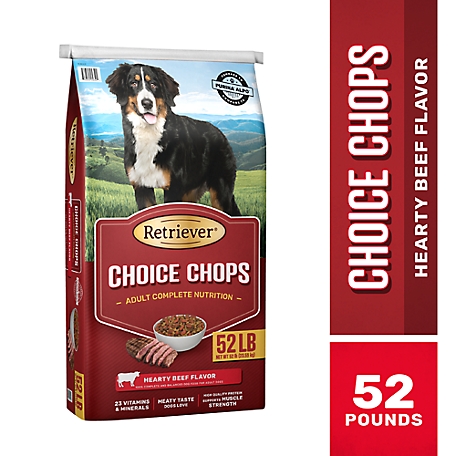
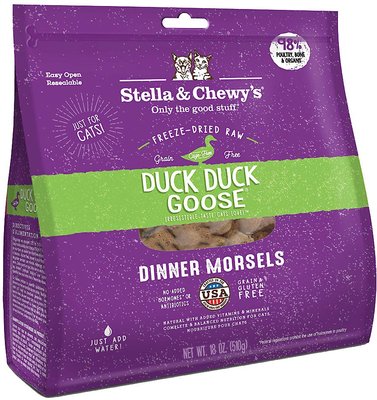
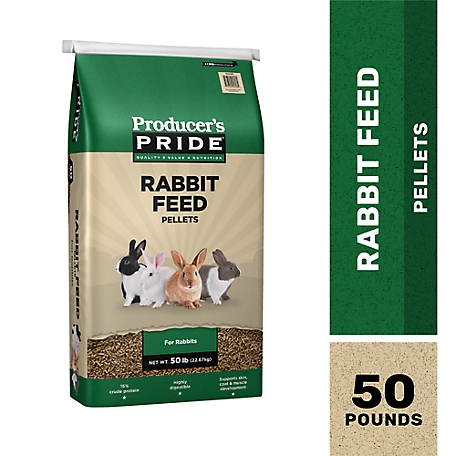
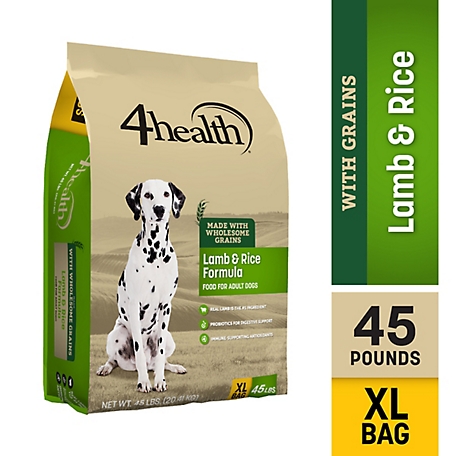
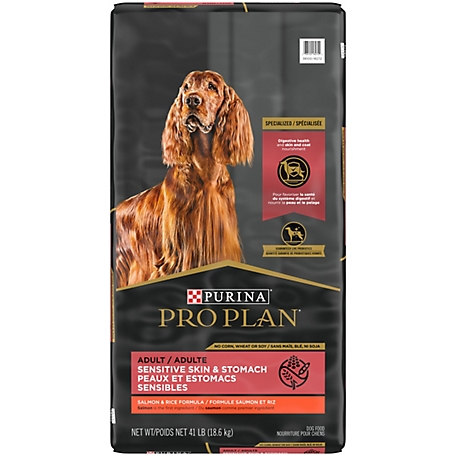

by Holly
Cats won’t eat anything but this
by Chris
This is good quality cat food. This keeps it reasonably priced. Our cats love this food.
by Maryann
great buy cats love it
by Ranch
Always feed my cats Friskies – they seem to really like it – have substitute some but they do not eat it very good and have stomach problems with it.